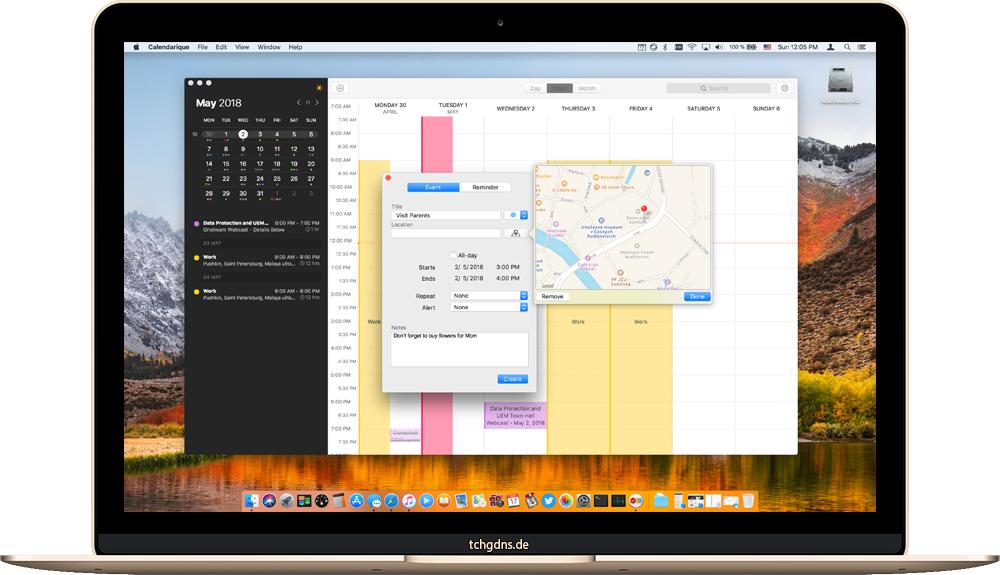

This results in your element being always visible. If you, for example, define that elements "display" property to be "block" in your stylesheet, it will always override the display: none property. One problem with using the hidden attribute, that the toggled css property can be easily overridden by other css properties by accident. Otherwise, they can only be accessed from within the module itself.

When you do so, make sure that you don't only declare your components in that components module, but to also export them. Maybe a module per component is a bit too much, so why don't we create a components module? That module can then be imported into other modules and you can use your components there. But what can we do, if we want to use our component in multiple modules? So as long as we have only one module (AppModule) and we register our components inside of it, there is no problem.īut when we start to bundle our application in modules, what you definitely should, by the way, you probably will encounter a common problem.Ī component can only be declared in one module! Declare your Components only onceįor components to work in angular, they have to be declared in a module. For example with signed JavaScript Web Tokens. You definitively do not want that! The Solutionīecause of that, if you need to protect any sensitive data, you also need to have an actually secure, server-based, solution. That way, data that is only protected by a route guard client side, can be accessed without too much effort. No, especially with AOT compilation, it is not THAT easy, but with enough criminal energy, definitely possible in a few hours. We may receive a commission for purchases made through this link. For example, to check if a user is logged in, before actually showing him the page. Angular Guards are not a Security FeatureĪngular Guards are a great way to artificially restrict access to certain routes. In 99% of the cases, you should be fine doing so. Unless you know what you are doing, you should stick to that, especially in the beginning. That can lead to all kinds of errors if you assume your service to be the only instance in your application (singleton). That also means, that if you provide the services in both modules, the components in the sub-module get a different instance of the service than any other component. If you provide a service to a sub-module, it is only available to that sub-module. And because that module should contain all other components and modules, the services provided here are available in the whole application. That means, that services/injectables provided in the root module (AppModule) are available to all components in that module. The problem here, is, that angular uses a hierarchical dependency injection system. The most common method is to provide it at a module level.

With the help of dependency injection, you can request instances of your services in your constructor.įor that to work, services or broader injectables have to be registered in the provider section of your component or module decorator. You may have heard that angular utilizes a concept called dependency injection. Avoid duplicate providers overriding each other
CALENDARIQUE APP STOPPED WORKING FULL
You can find the full list of methods at the official documentation. Guessing what they do, should not be the issue. Many of them look very familiar to the JavaScript DOM API. The Renderer2 has many different methods to alter an element.


 0 kommentar(er)
0 kommentar(er)
